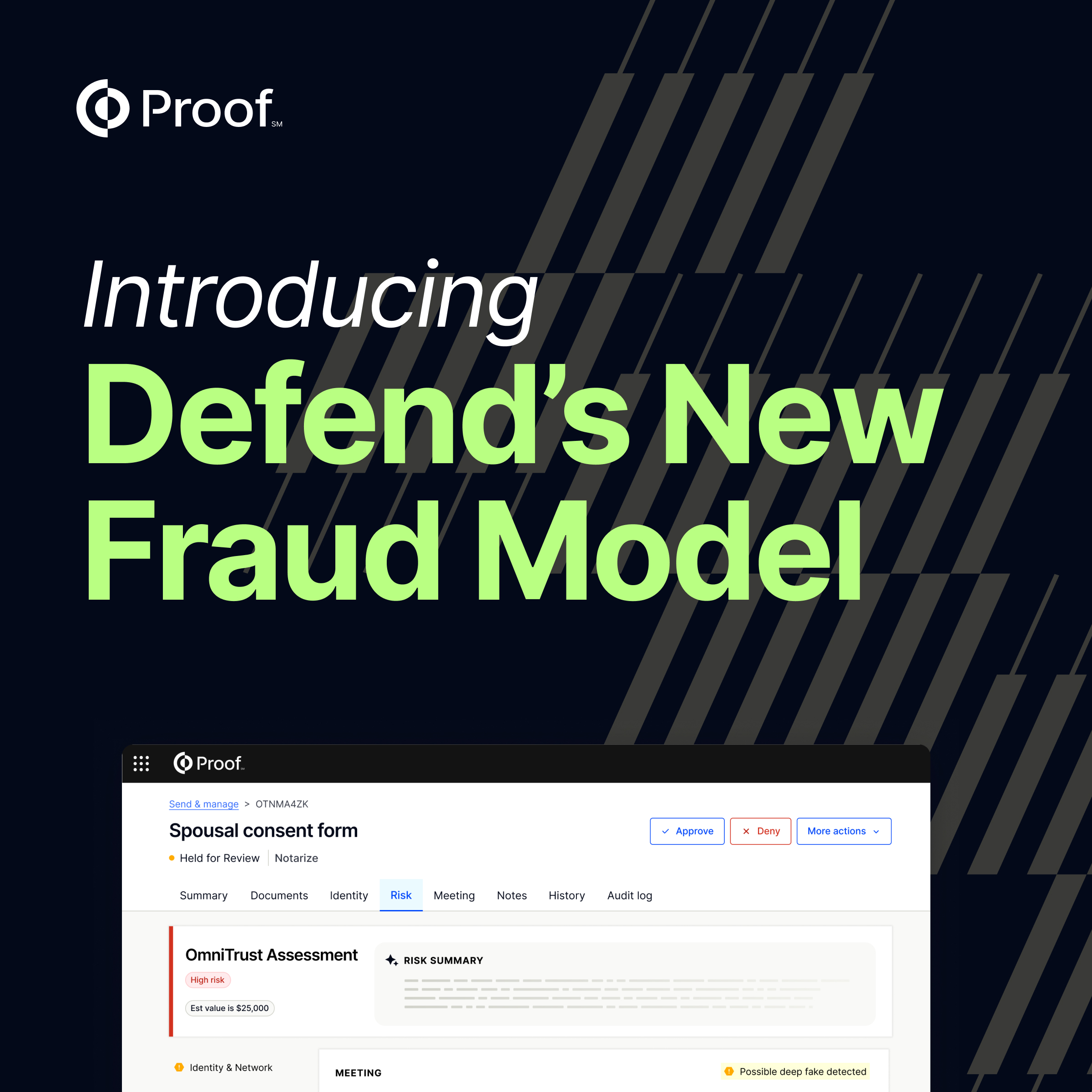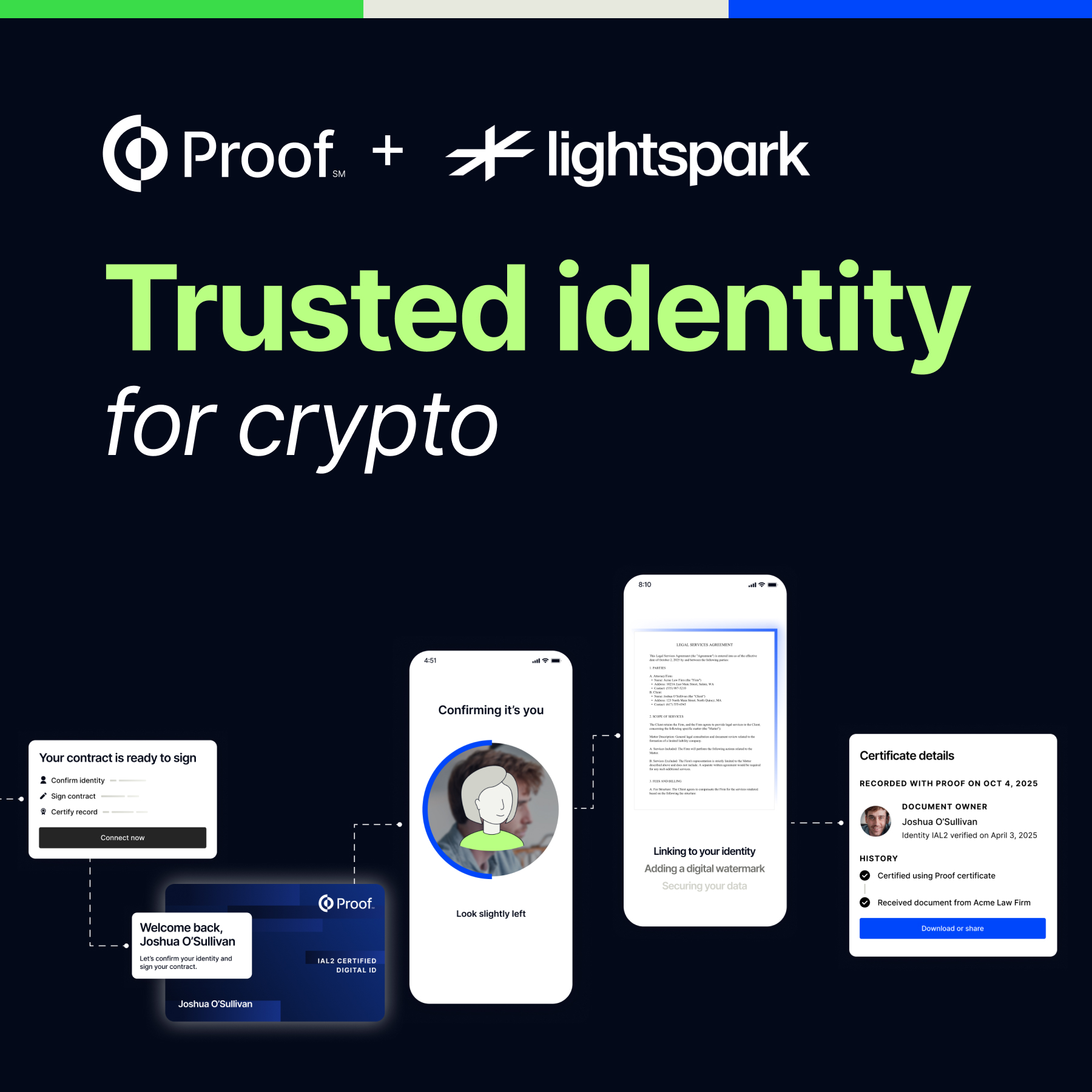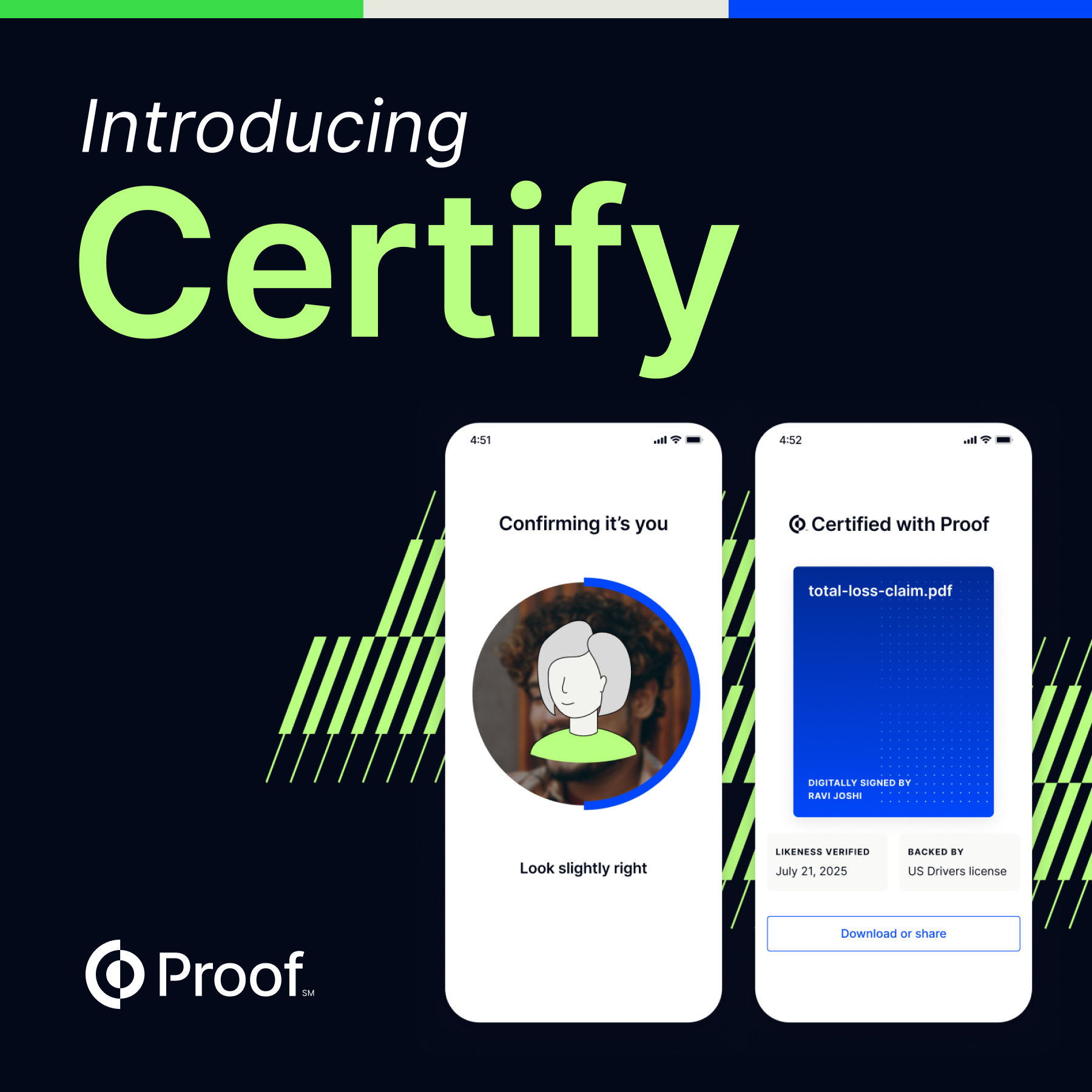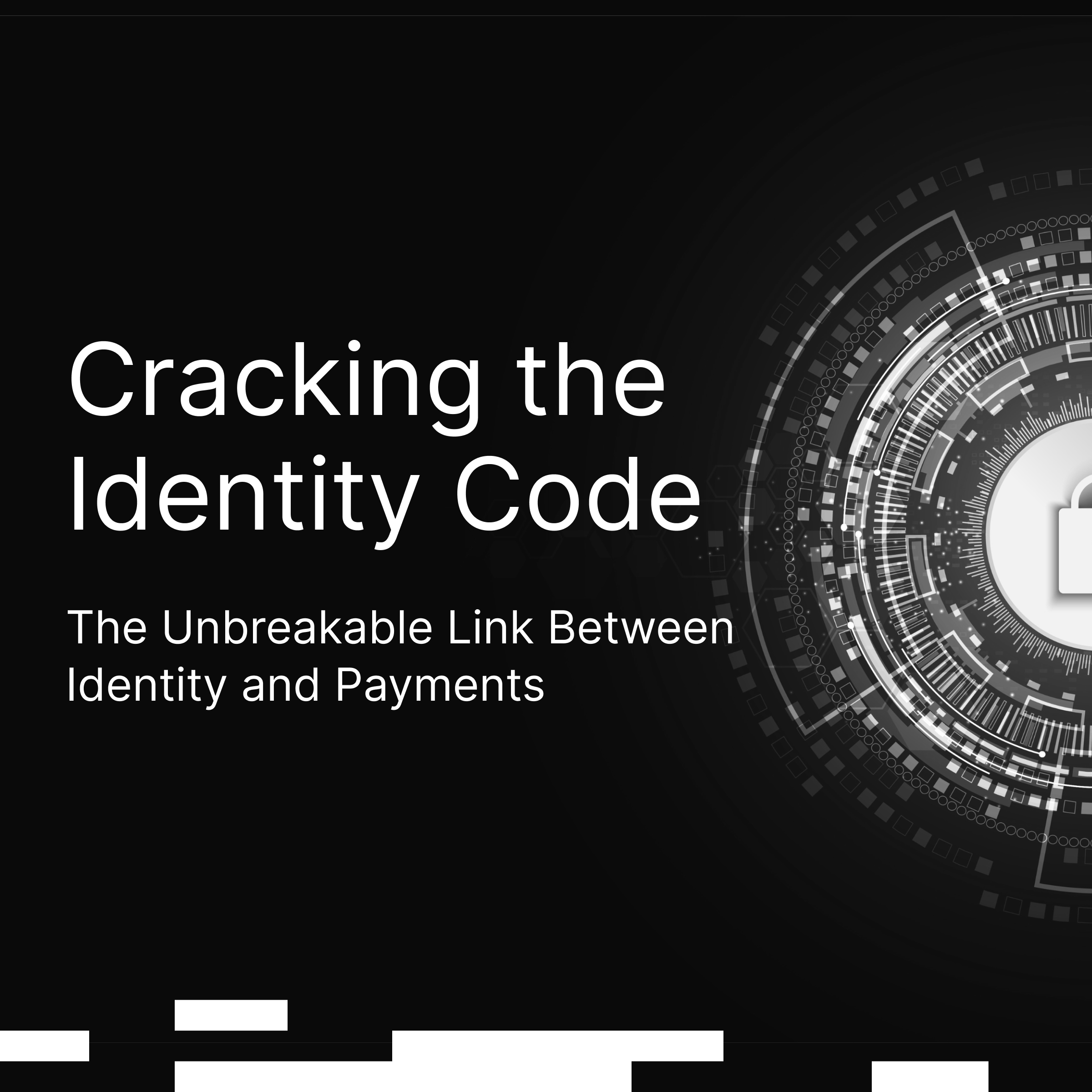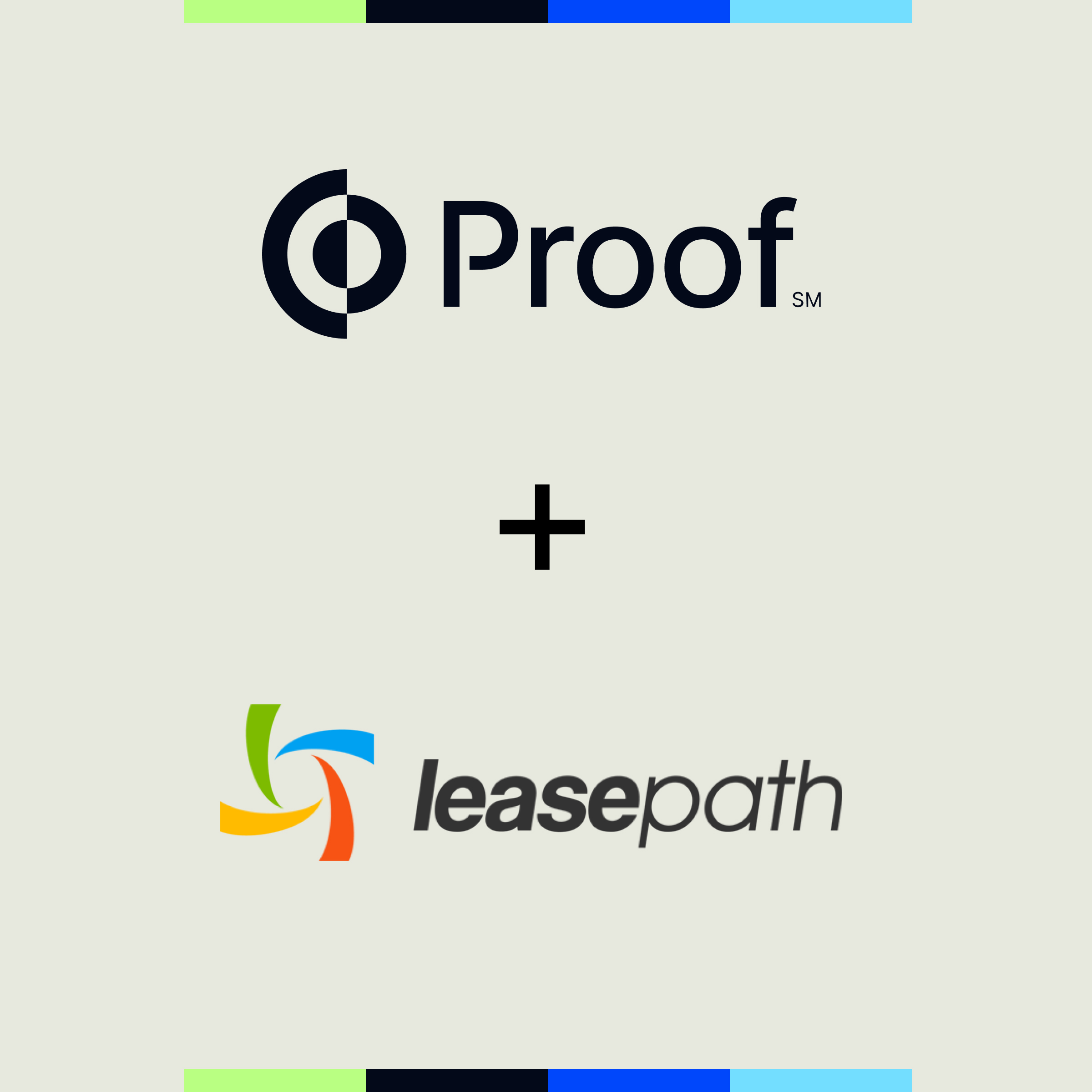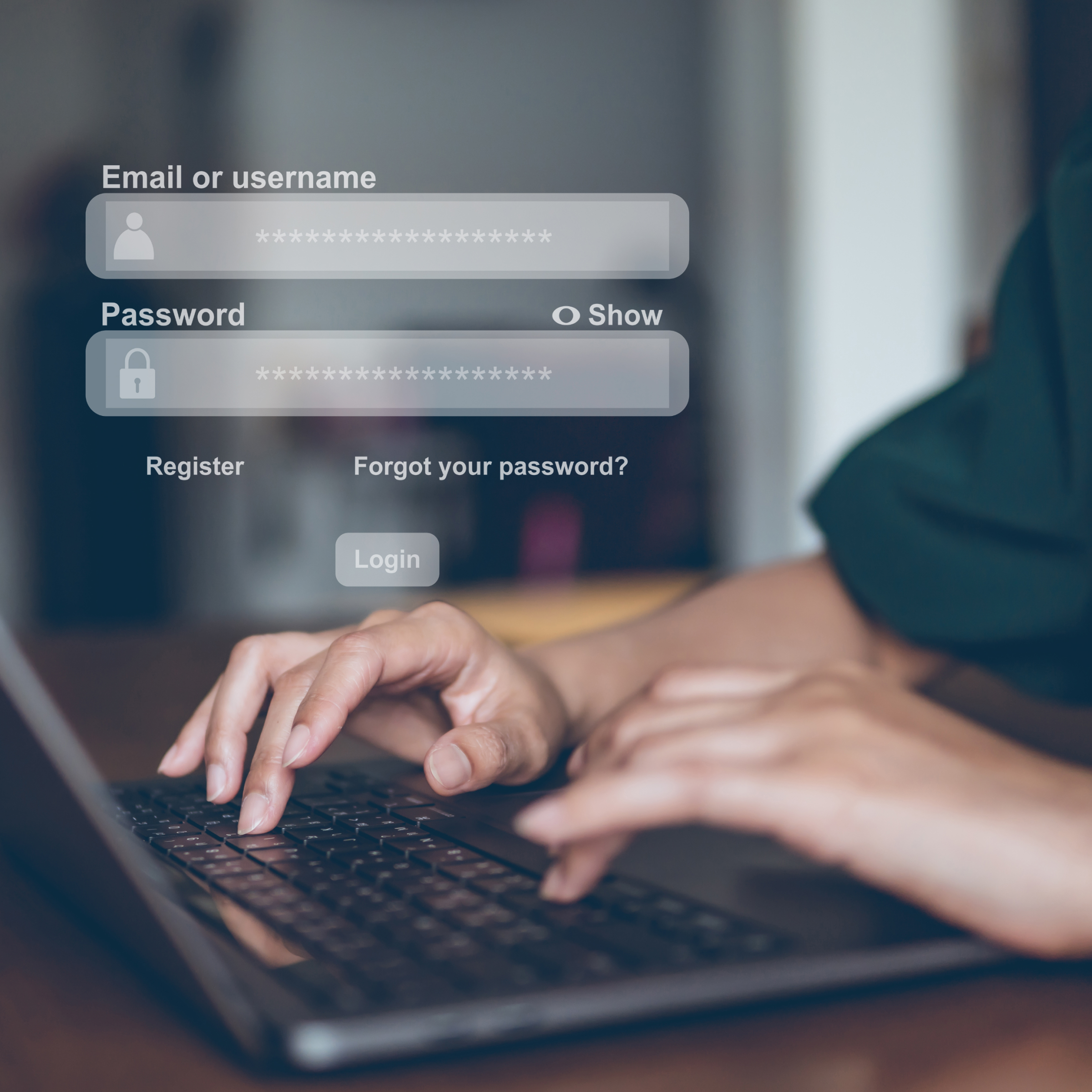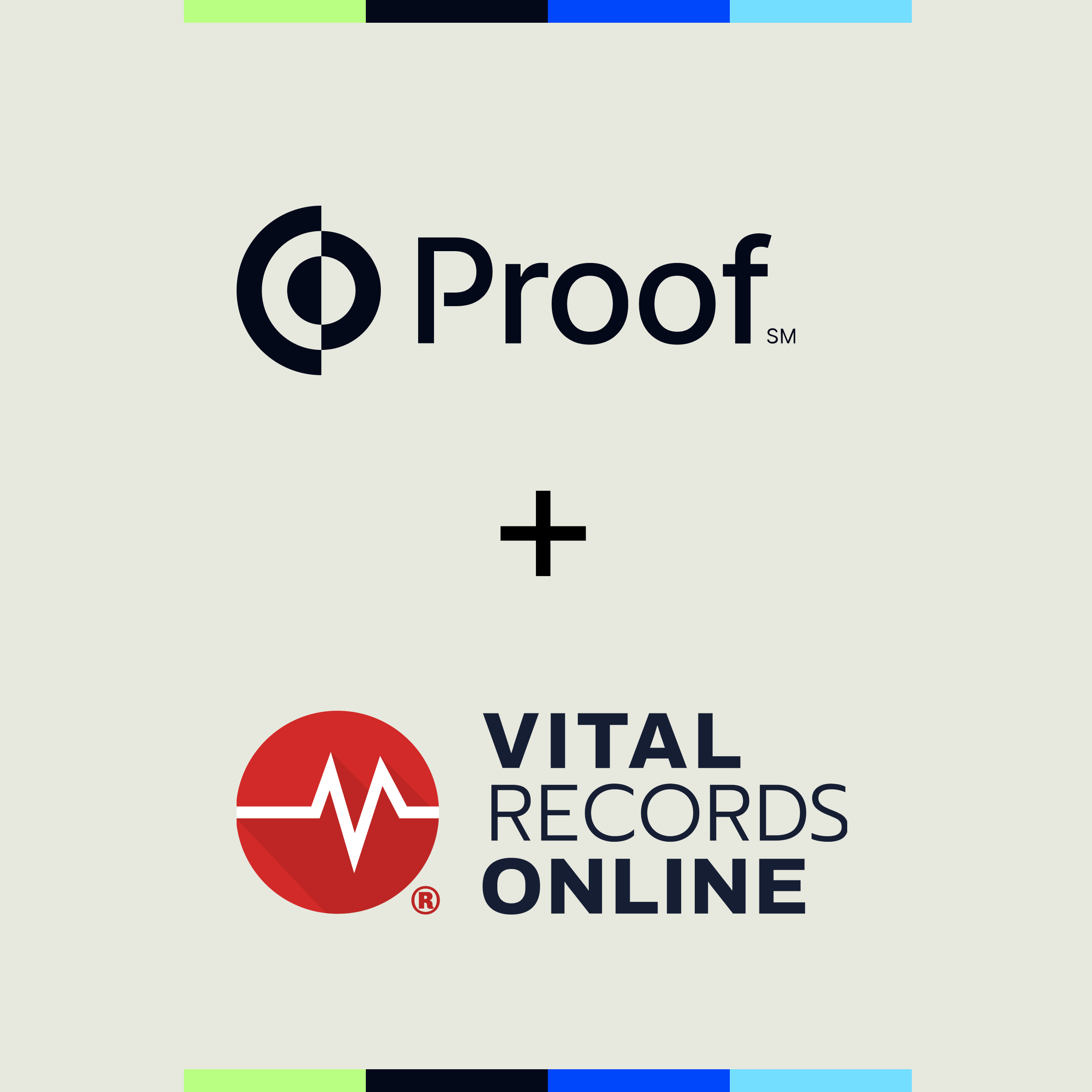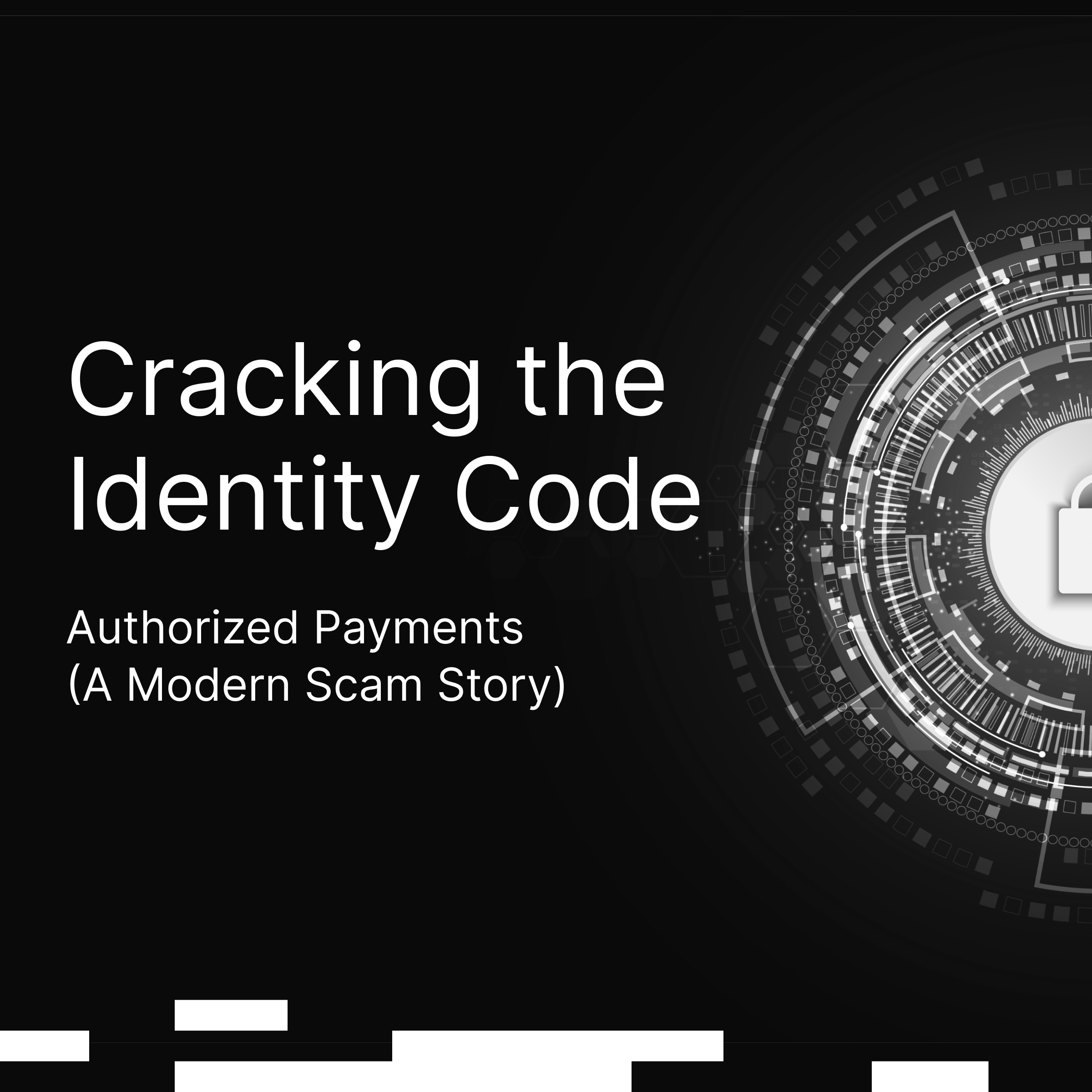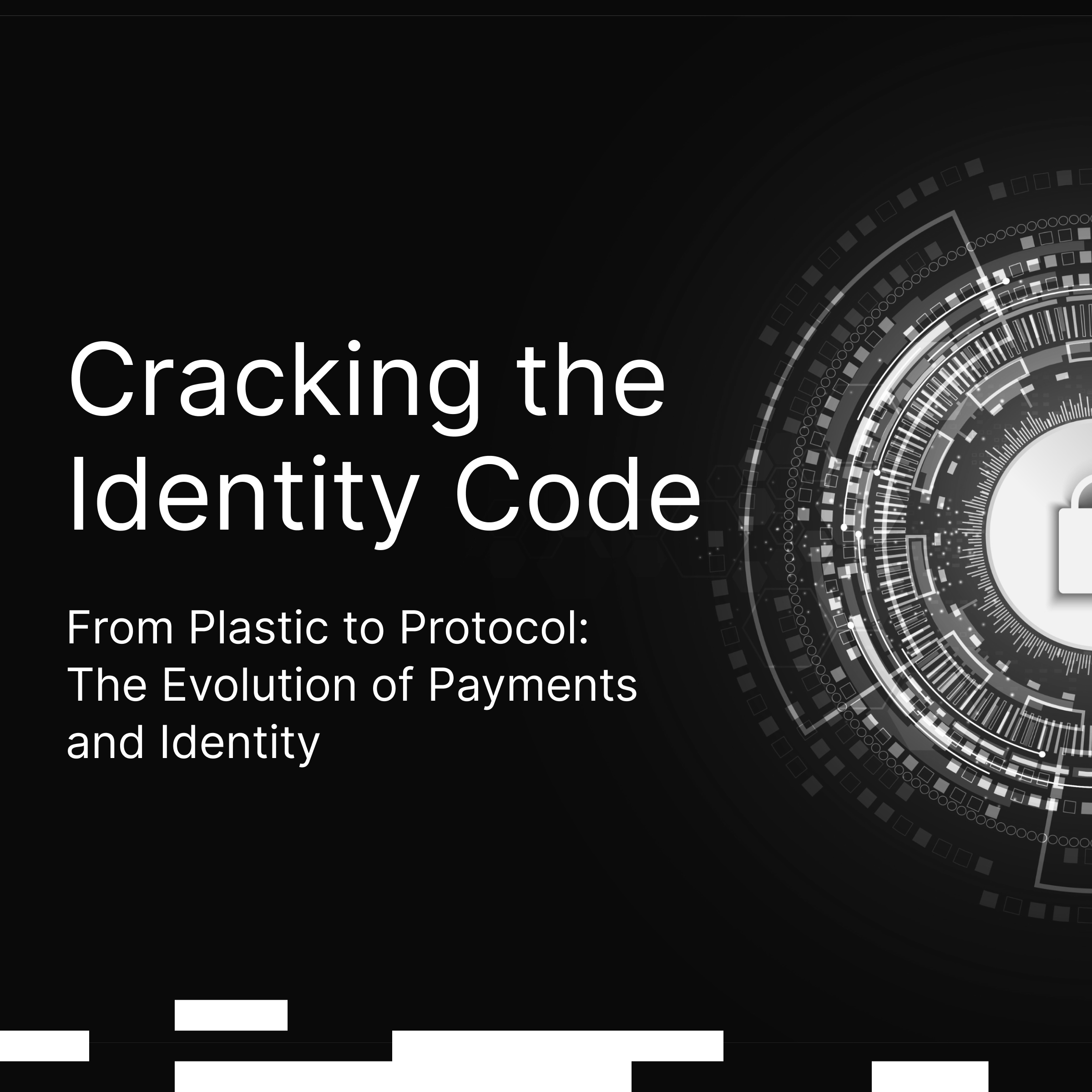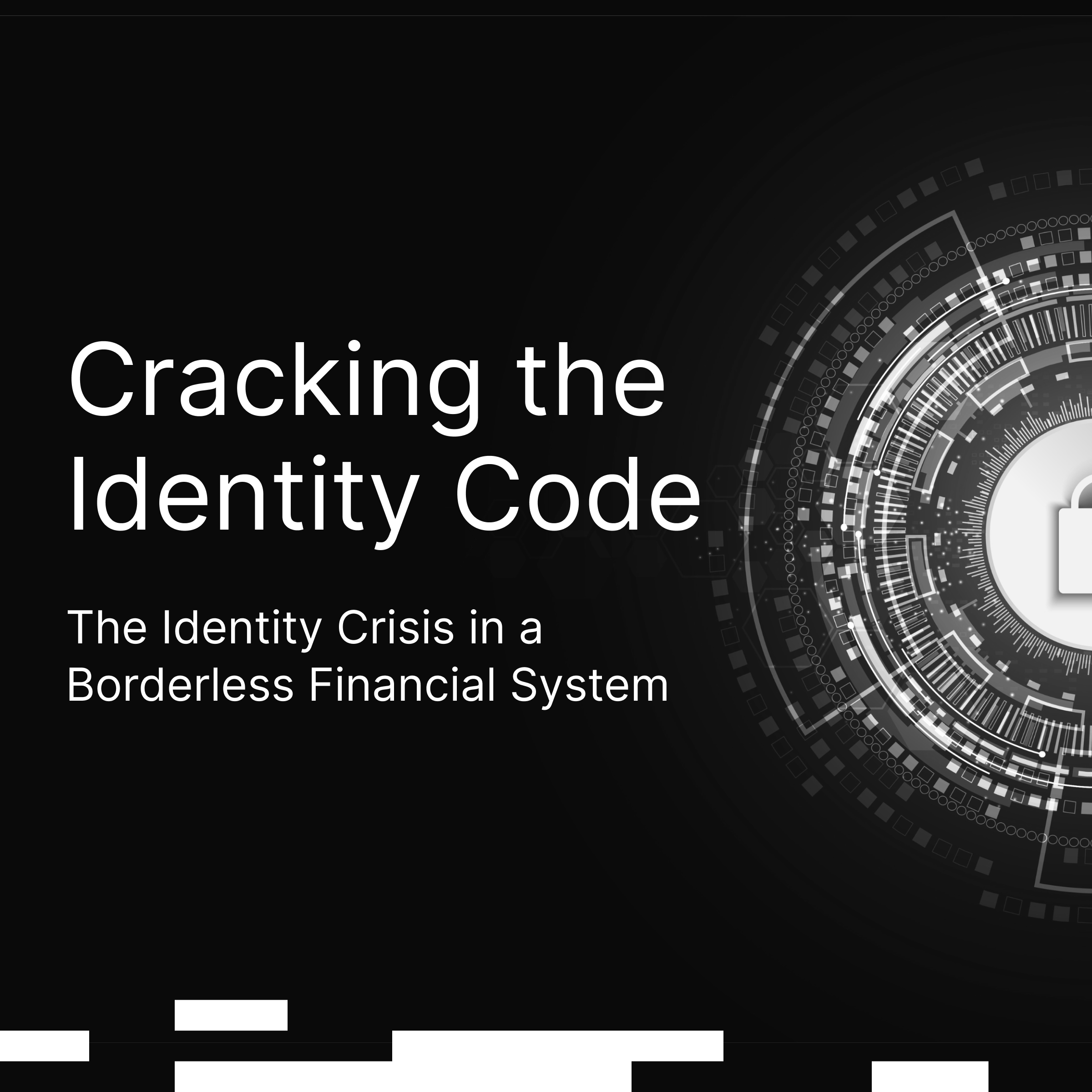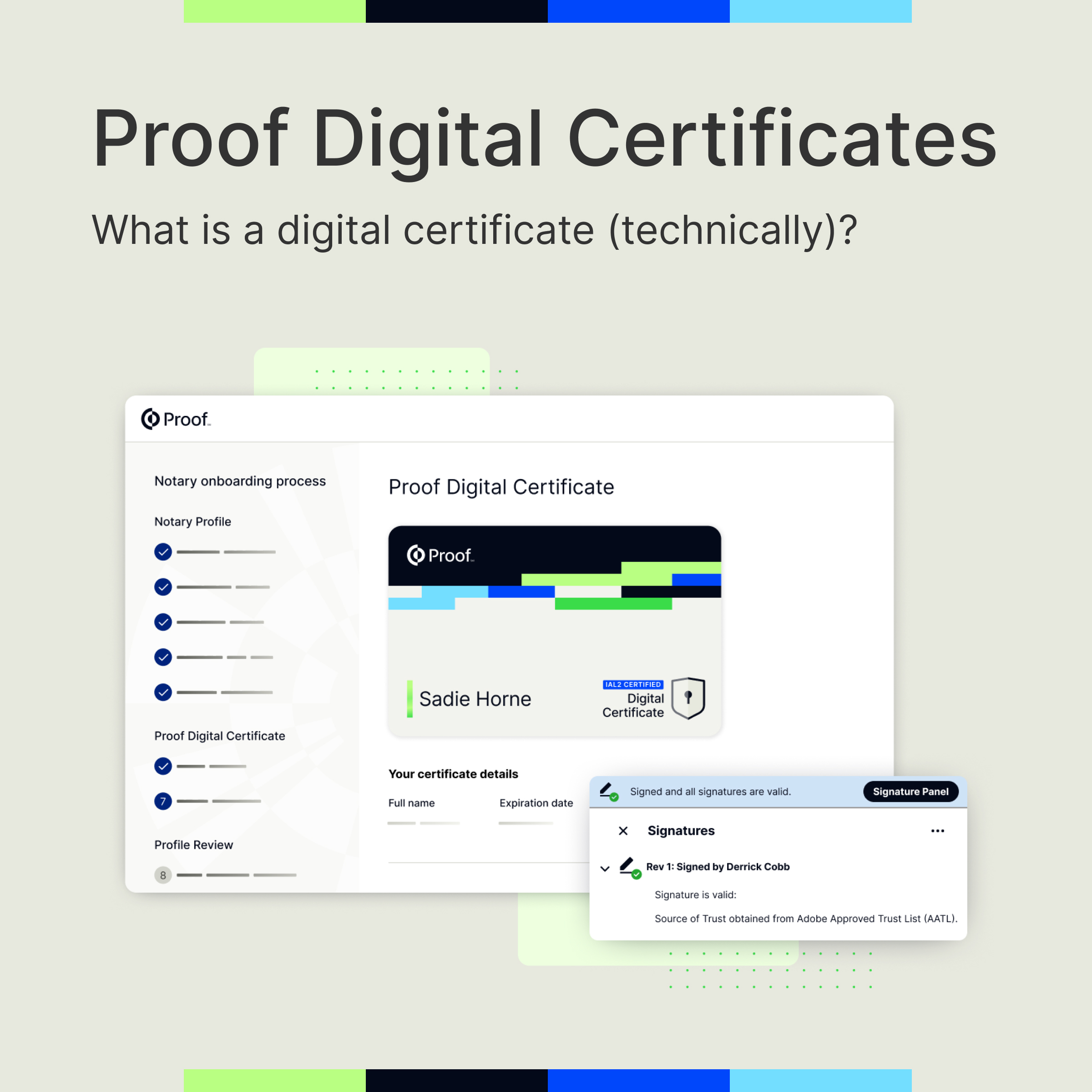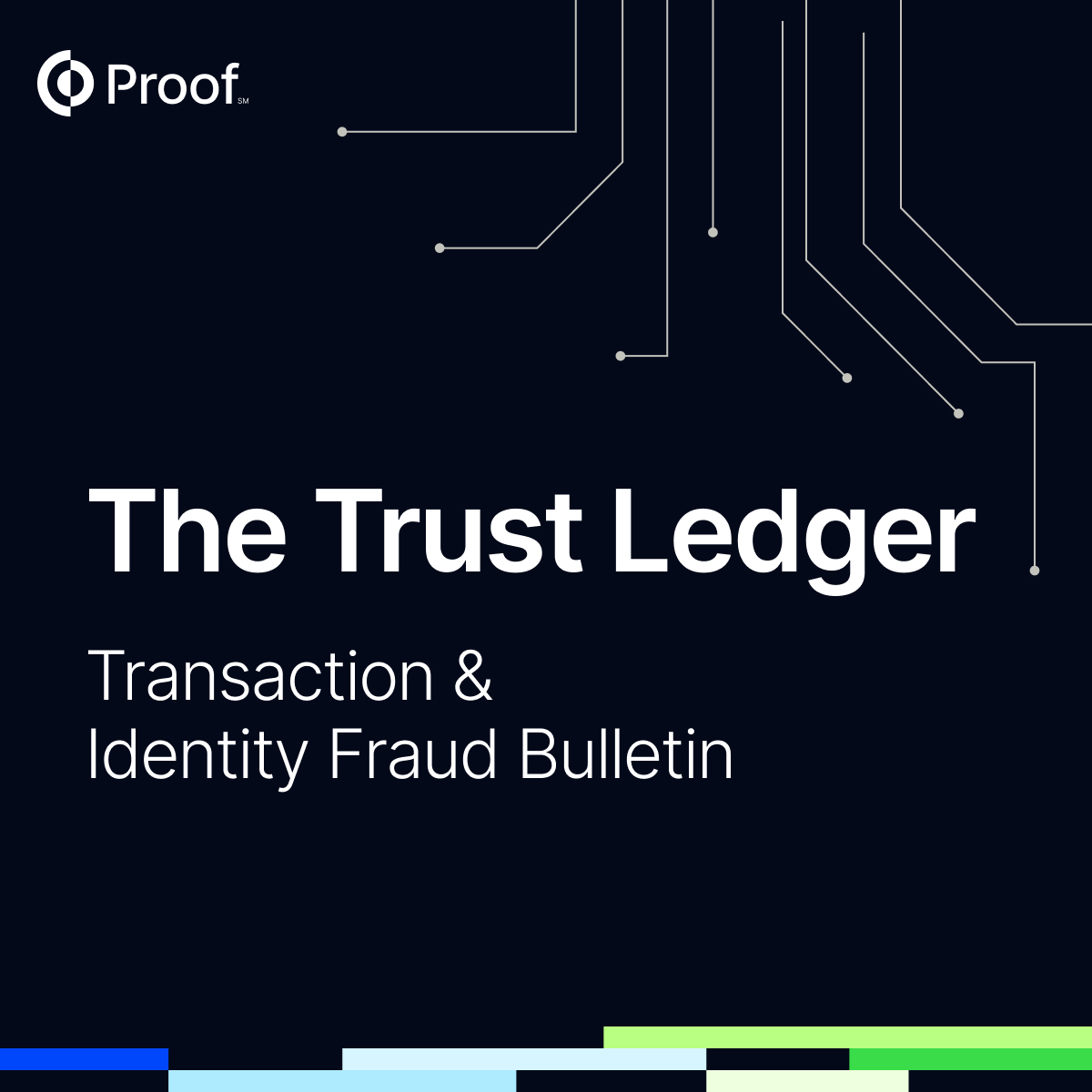The Evolving Landscape of Authentication
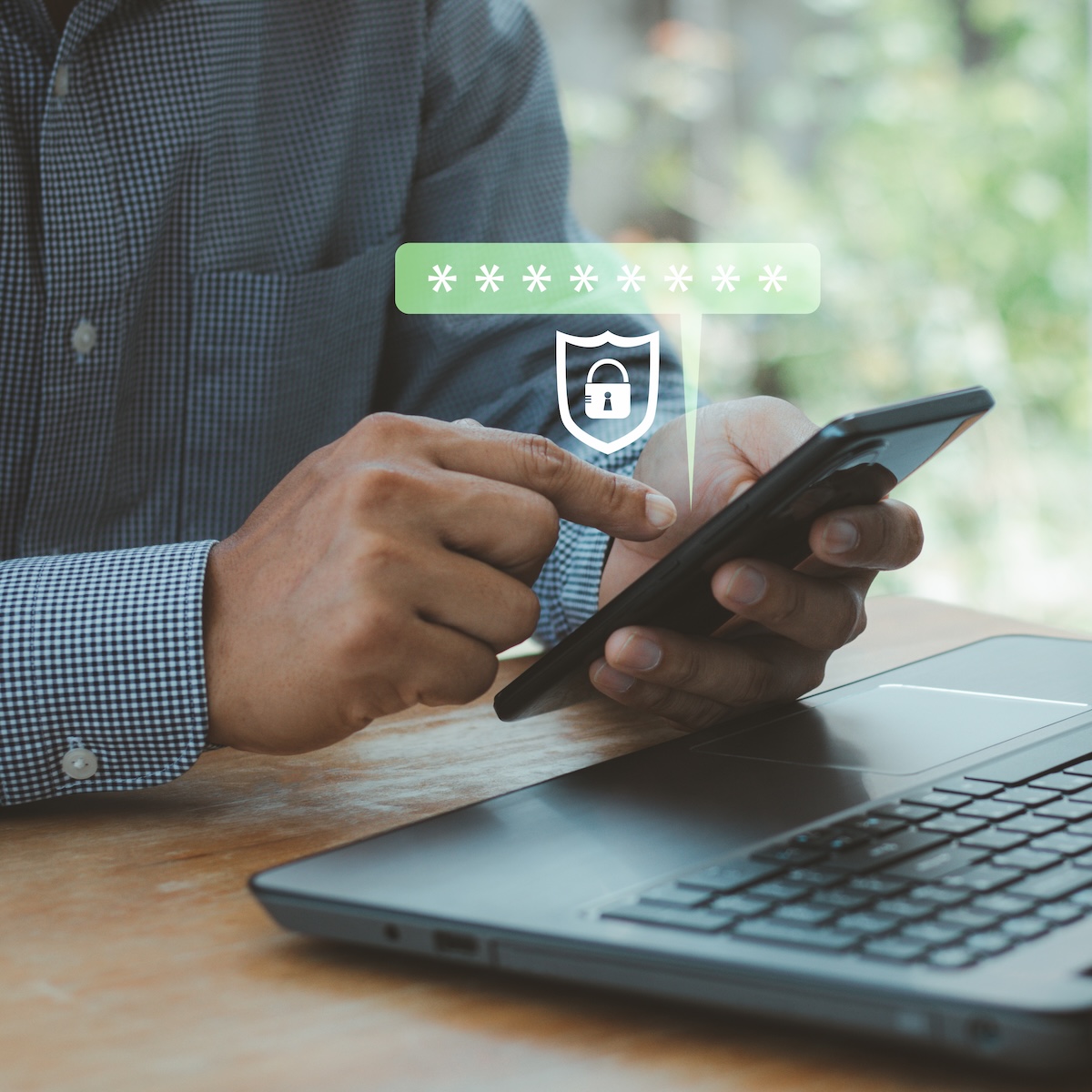
Authentication is the foundation of digital security. It is how businesses confirm who someone is before granting access or completing a transaction. For years, that meant little more than a password. But as threats evolve and customer expectations rise, organizations are adopting smarter, more layered ways to verify identity.
In this blog, we’ll break down five leading authentication methods: what they are, how they work, and how Proof helps organizations strengthen trust across every interaction.
App-Based Authentication
App-based authentication adds a layer of security beyond the password. Instead of relying on a text message or email code, users generate a time-based, one-time code through an authentication app on their device. This approach reduces exposure to phishing and SIM-swapping attacks that often compromise SMS-based verification.
Example
A bank requires customers to enter a code from their authentication app to confirm a transfer. The code expires after 30 seconds, ensuring only the account holder’s device can complete the transaction.
Why it matters
App-based authentication creates a direct, encrypted connection between user and device. It is simple to use, more resilient to fraud, and widely supported across industries.
Where Proof comes in
Proof integrates app-based authentication into a broader identity assurance framework. By combining device verification with document-based and biometric checks, organizations can confirm that the right person, not just the right phone, is completing a transaction.
Continuous Authentication
Continuous authentication shifts protection from a one-time event to an ongoing process. It analyzes patterns during a user session, such as typing speed, cursor movement, device behavior, and network signals, to confirm that the session remains controlled by the same person who logged in.
Example
A healthcare administrator logs in to manage patient records. Throughout the session, the system monitors typing cadence and device integrity. If unusual behavior or a change in location is detected, the session is paused and a secondary check is triggered.
Why it matters
Traditional logins stop verifying identity the moment a session begins. Continuous authentication closes that gap. It prevents intrusions in real time and helps stop account takeovers or insider misuse.
Where Proof comes in
Proof issues and manages high-assurance digital certificates that represent verified individuals. These certificates create a persistent, cryptographically bound identity that organizations can trust across time, use cases, and integrations. Instead of monitoring user behavior, Proof anchors continuous authentication in verified identity, strengthening trust without adding friction.
Adaptive Authentication
Adaptive authentication introduces intelligence into the process. It adjusts the level of scrutiny based on risk signals such as device type, location, IP reputation, and transaction size. Low-risk actions stay seamless, while higher-risk scenarios prompt additional checks.
Example
A user signing in from a known laptop and location enters a password and proceeds normally. When the same account is accessed from a new country, the system requests a biometric confirmation before granting access.
Why it matters
Adaptive authentication reduces friction for legitimate users and focuses intervention where it matters most. It allows businesses to scale security dynamically instead of applying the same level of friction to every interaction.
Where Proof comes in
The Proof platform makes adaptive workflows easy to configure. Businesses can trigger additional verification, such as an ID check, selfie match, or notarized authorization, only when risk conditions warrant it. The result is stronger protection without slowing down the user experience.
Multi-Factor Authentication (MFA)
Multi-factor authentication requires two or more types of evidence to confirm identity. Typically, these factors include something the user knows (a password or PIN), something they have (a device or token), and something they are (a biometric identifier).
Example
An employee accessing sensitive internal systems must enter a password, approve a push notification on their mobile device, and confirm their fingerprint. Even if one factor is compromised, the others prevent unauthorized access.
Why it matters
MFA drastically lowers the success rate of credential-based attacks. It is a foundational safeguard recommended by every major security framework, including NIST, SOC 2, and ISO.
Where Proof comes in
Proof enables organizations to move beyond basic MFA by linking identity verification to trusted digital certificates. This creates a secure chain of trust that extends from authentication to authorization and ensures that every digital signature, approval, or notarization is backed by verified identity.
Biometric Authentication
Biometric authentication uses unique physical or behavioral traits such as fingerprints, facial patterns, or voice recognition to verify identity. These factors are highly personal and difficult to replicate, making biometrics one of the most secure and convenient methods available.
Example
A customer uses facial recognition to access their insurance portal. The system matches their live image against a stored template and confirms their identity in seconds, with no password required.
Why it matters
Biometrics eliminate password fatigue and reduce social engineering risks. They are fast, accurate, and increasingly familiar to users across industries. However, biometric data requires strict governance because it cannot be reset if compromised.
Where Proof comes in
Proof’s biometric checks are integrated into its identity verification process. The system combines live liveness detection with document-based verification to ensure that the biometric sample comes from a real person and ties directly to a verified identity, not just a device or account.
Building a Smarter Authentication Strategy
Each authentication type brings its own strengths. Together, they form a layered defense that can adapt to context, minimize friction, and build lasting trust. App-based and MFA methods protect logins. Continuous and adaptive systems safeguard sessions. Biometrics add both assurance and convenience.
The most resilient organizations use these tools in combination, aligning them to risk, user behavior, and the sensitivity of each transaction. What matters most is not the number of layers but how intelligently they work together.
The Proof platform brings these methods into one unified framework. It turns authentication from a checkpoint into a trust signal that follows every interaction. With Proof, businesses can verify, authenticate, and authorize users in a single, connected flow that strengthens security without slowing down the experience.
Ready to modernize your authentication strategy? Request a demo to see firsthand how Proof unifies verification and authentication into one continuous chain of trust.














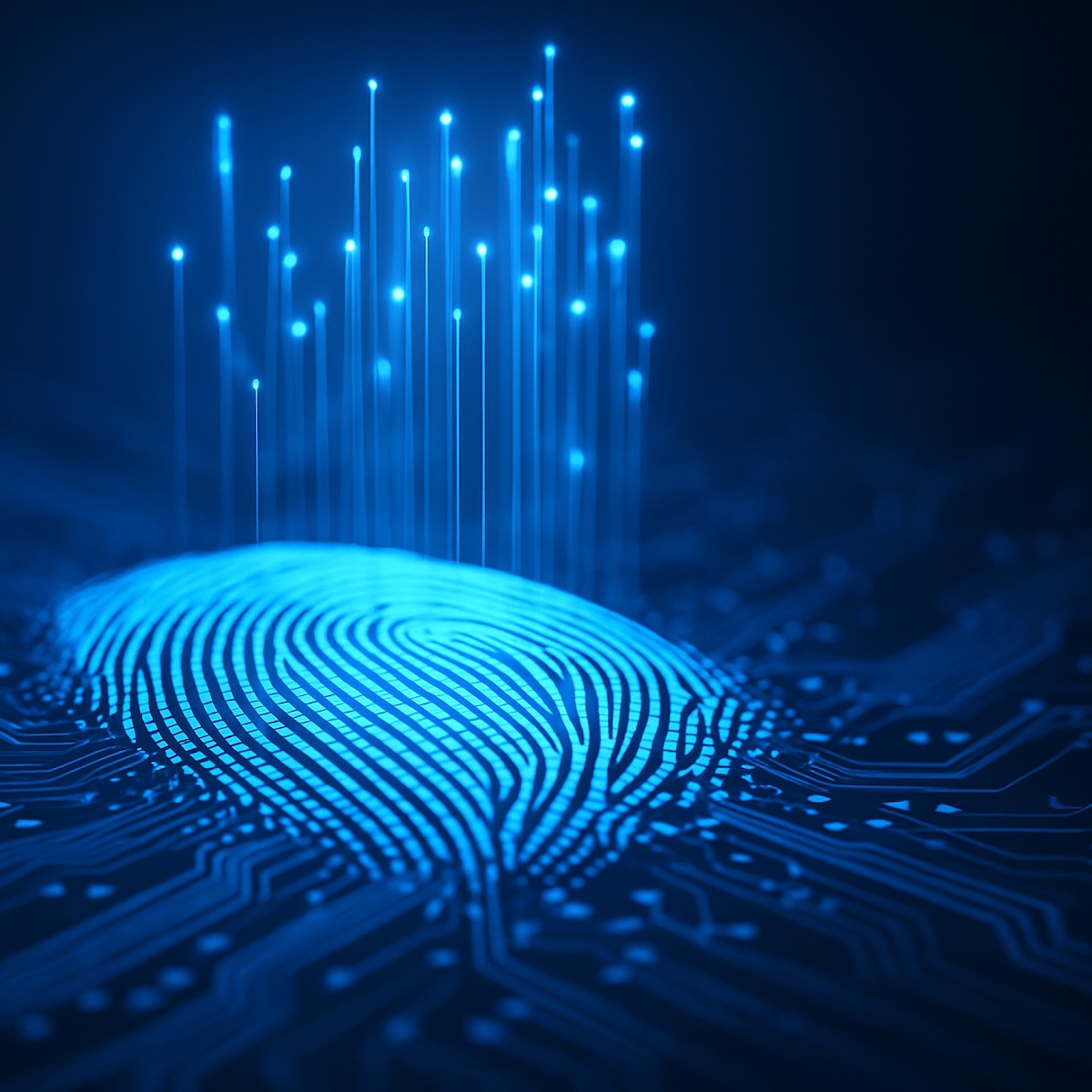













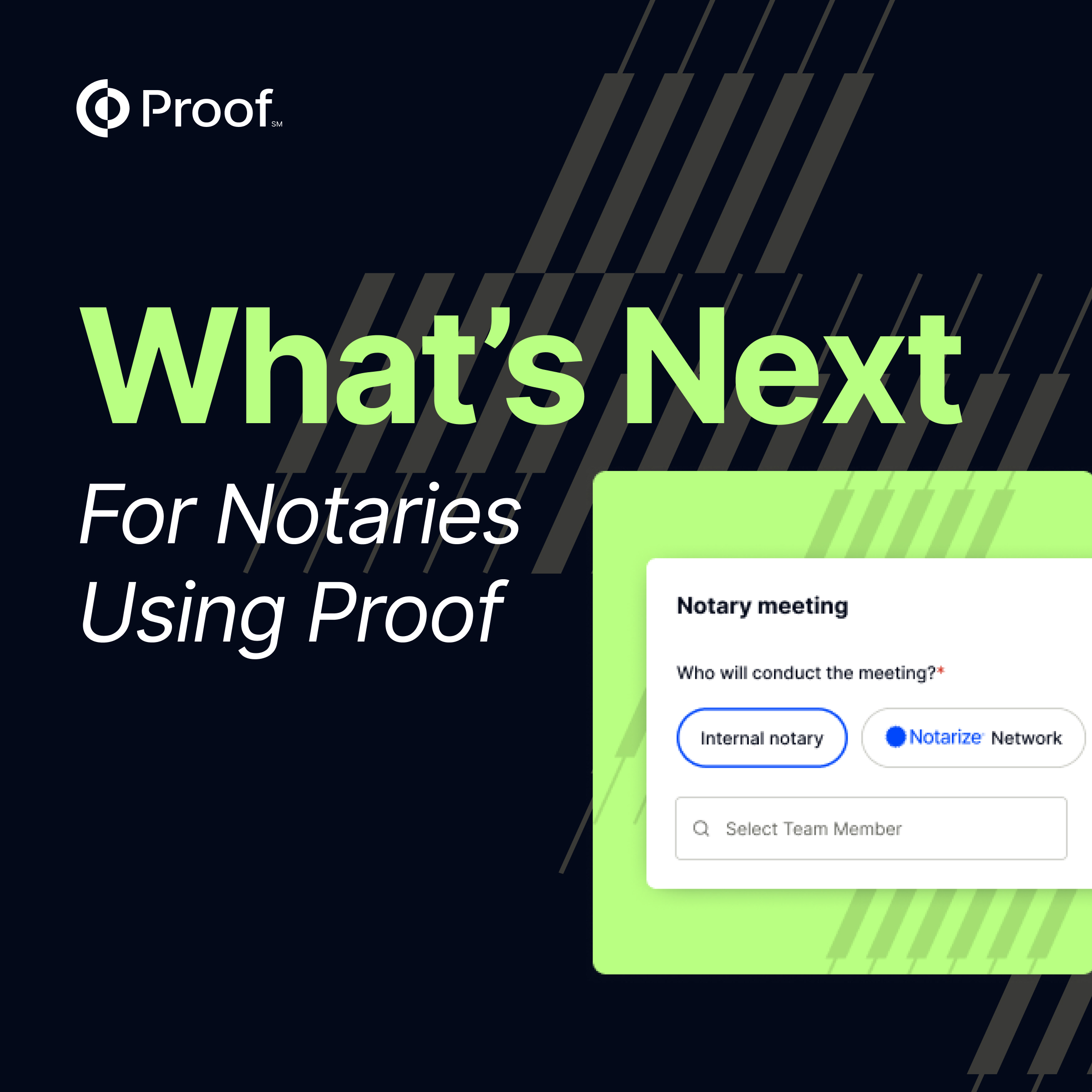





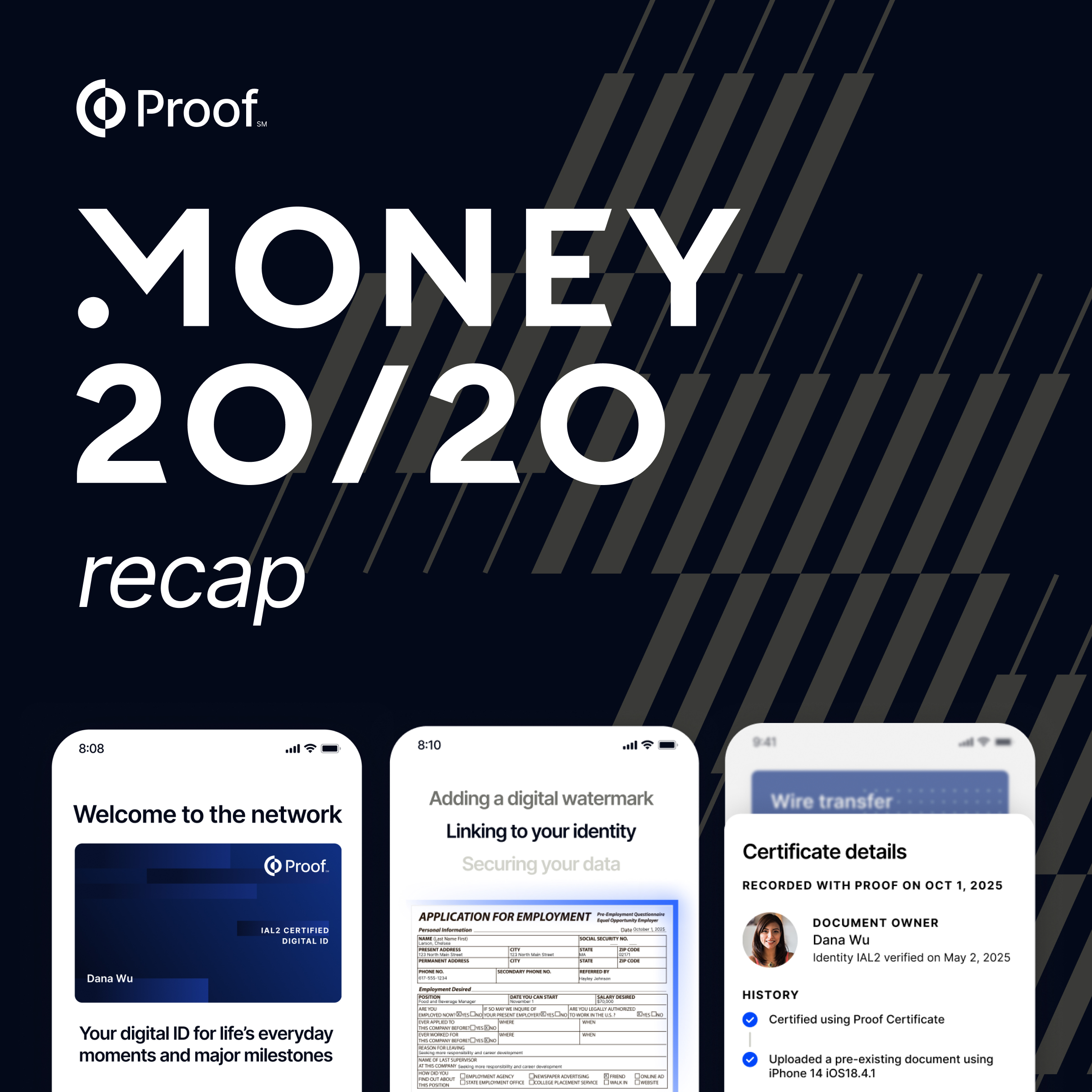




.png)


.jpg)
